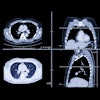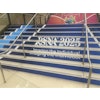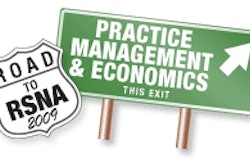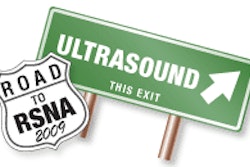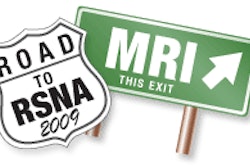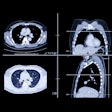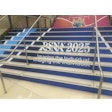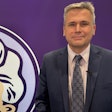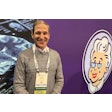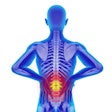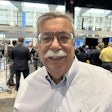Wednesday, December 2 | 3:10 p.m.- 3:20 p.m. | SSM12-02 | Room S102D
In a busy trauma center, determining how to schedule CT exams in the most effective way can be difficult. University of Washington researchers will share findings from a study that evaluated radiology scheduling policies using computer simulations and operations research tools to identify potential efficiency and quality improvements.Dr. Martin Gunn and colleagues collected times of CT requests and patient arrivals over a three-month period. The team categorized patients as inpatients, noncritical emergency department patients, critical emergency department patients, and outpatients.
"The aim was to use industrial engineering mathematical modeling to determine the best way to schedule patients, in order to improve the efficiency of our scanners, scan patients sooner, and increase profit," Gunn told AuntMinnie.com. "We also aimed to develop scheduling rules based on the number of scanners we had available at any time to determine the best order to scan patients."
Gunn's team developed an optimal CT schedule policy using Markov decision process (MDP) rule building for scenarios in which a department had one or two CT scanners in operation. Thirty-two scenarios were analyzed by varying revenue, cost, and arrival probability and then compared to the optimal scenario using sensitivity analysis, the team wrote. Outcome measures included daily CT revenue-penalty (or revenue gap), number of patients scanned, and average patient waiting time.
Gunn's team found that using the optimal policy could result in average gains of $230 per day in a single-scanner scenario, and $150 per day with a two-scanner scenario. The policy had the greatest impact on revenue, waiting time, and number of patients served when resources were scarce (for example, when only one CT scanner is available).
Due to the potential costs of inpatients waiting for CT scans, Gunn determined that it seems most efficient for hospitals to prioritize inpatients when a number of them are waiting. If the facility reduced the number of scanners in operation, its CT scheduling system would become so inefficient that the facility would provide poor access and make a loss.
"Often CT scheduling decisions are made ad hoc by technologists, radiologists, and schedulers, without appropriate weighting for which patient would be best to serve in any one scanning slot," Gunn said. "It appears that using industrial engineering models developed for other industries results in improvements in quality, access, and profit if applied to CT scheduling."


